Thank you. Now, wasn’t that fun?
You’re it!
Excerpt from National Association of Railroad Passengers Hotline, April 26, 1991
At the April 24 Amtrak board meeting, Charles Luna, former president of the United Transportation Union, was honored for 20 years of service on the board. He is the only person to have served on the board all the way through. In 1971, he helped design Amtrak’s route structure and logo and has been the leader of Amtrak’s employee safety program. Graham Claytor said Charlie Luna “has made the greatest contribution to Amtrak of any living person.”
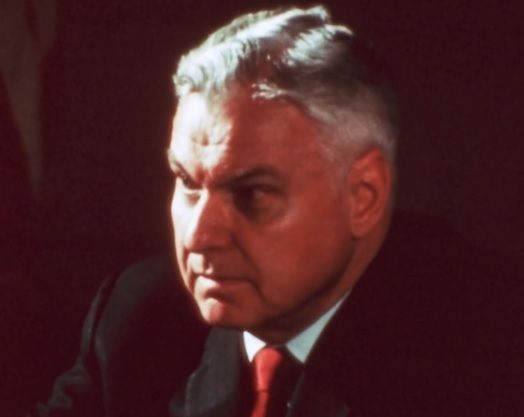
Gulf, Colorado & Santa Fe. How many other railroads can you name that were engineered by famous Confederate generals?
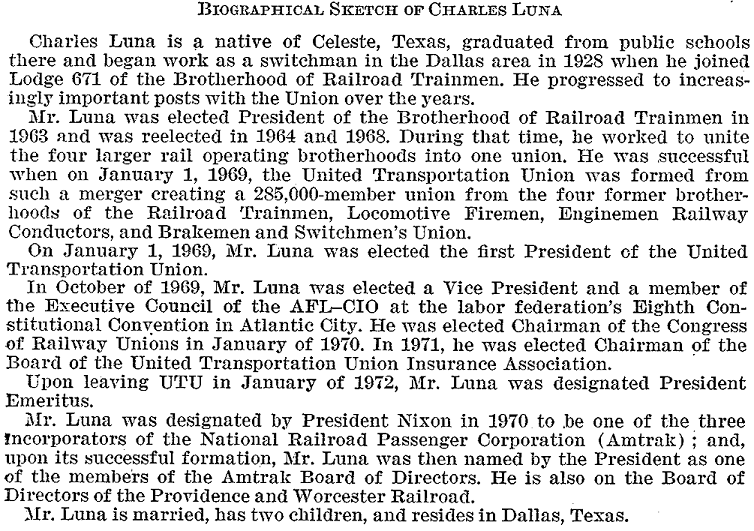
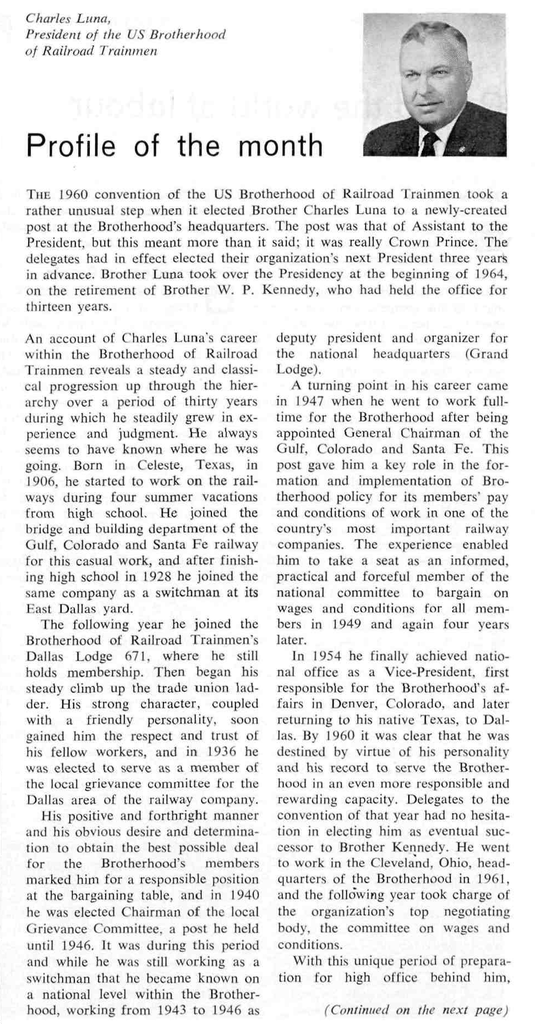
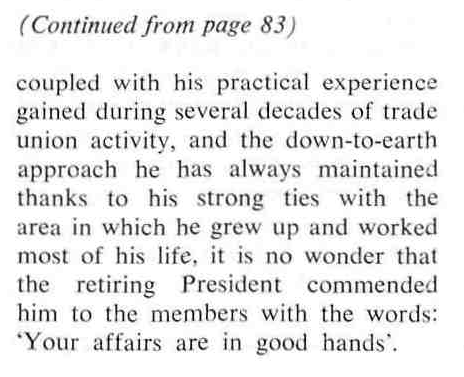
As is the next question.
The things that you guys dig up are amazing. Please, keep it up!
Mike is the Daniel to Eliot’s Pound - il miglior fabbro. I’m no good as a constructor, but I love to solve crosswords. Go figure.
Here is another quick one:
Locomotives sometimes have nicknames (individual names, not assigned ‘by class’ like the C&NW H class ‘Zeppelins’ or the ATSF Blue Goose if more than one locomotive were streamlined). An example might be GG1 4800 “Old Rivets”, or the recently-discussed RI 621 “Christine”.
Give the names for locomotives named after fictional/legendary black characters: one man, one woman.
Then name the wheel arrangement of a locomotive named for a fictional/legendary black equine. (A ‘real’ one like the thoroughbred Man O’War doesn’t count)
No idea what you’re talking about. Are they contemporaries of Braxton Bragg?
One more item about Mr. Luna, who made a terrific impression on me when my parents and I had dinner with him on the Capitol Limited in 1977. He and my father (for 4 years) were Amtrak board members completely at home on a train.
Charles S. Luna Safety Achievement Award
In 1963, Charles Luna was elected president of the Brotherhood of Railroad Trainmen and was reelected in 1964 and 1968. In 1970, he was designated by President Richard M. Nixon to be an incorporator and a member of Amtrak’s Board of Directors. Luna was also appointed by Presidents Ford, Carter and Reagan to serve successive board terms, serving longer than any other board member. His legacy of employee dedication continues at Amtrak through the Charles S. Luna Safety Achievement Award, which was established in 1990 and is presented to the employee or group that demonstrates
Not exactly. This is T.S.Eliot applying the term ‘il miglior fabbro’ to Ezra Pound in the published version of ‘He Do the Police In Different Voices’ (you may know it by a later name). Pound had used the phrase in a previous reference, and he got it from translating Dante’s Purgatorio, where it refers to one of the greatest of the troubadours, Arnaut Daniel. Hence the names. And the applicability of the phrase.
ATSF 5000 received the nickname “Madame Queen”, after a character in the “Amos and Andy” radio program.
N&W 2300 was nicknamed “Jawn Henry”, for the steel-driving man.
2-10-8-2 ? Articulated twice it seems. Might be South Africa.
For all intents and purposes these are correct (I believe the right spelling is ‘Madam Queen’ but that’s really just a nit).
That leaves just the last one - and along comes Mike to complicate it.
Even if the silver people can’t spell ‘Garratt’, and have no idea how to strike the running gear of a GMAM correctly, the prototype certainly fulfills all the conditions I asked.
.jpg)
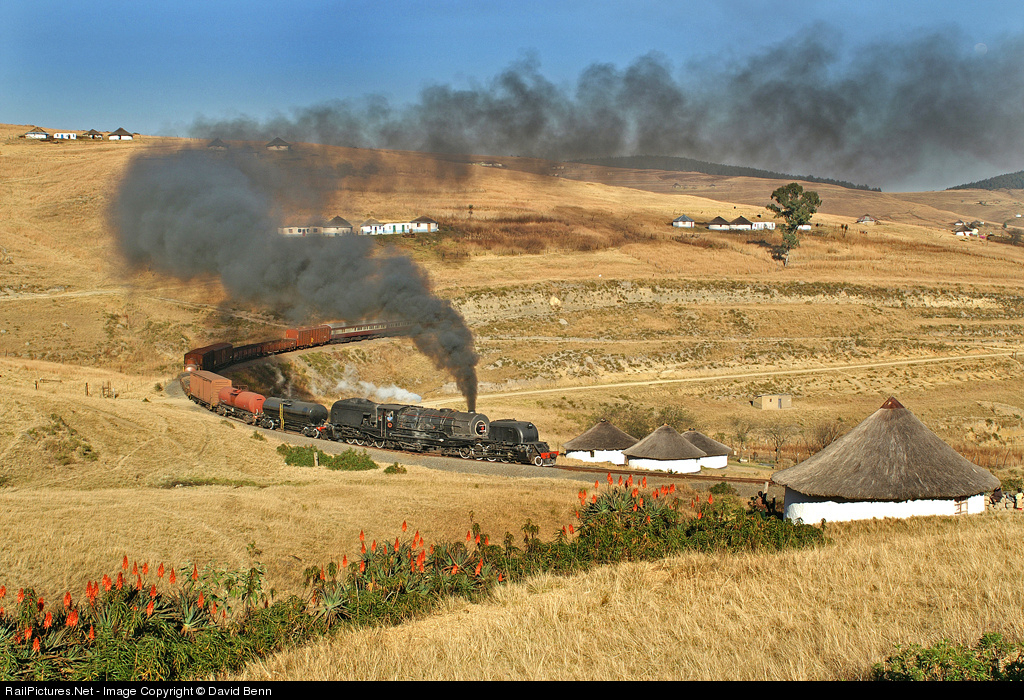
The plot thickens, too, because there was a 24 class 2-8-4 that also ran with this name.
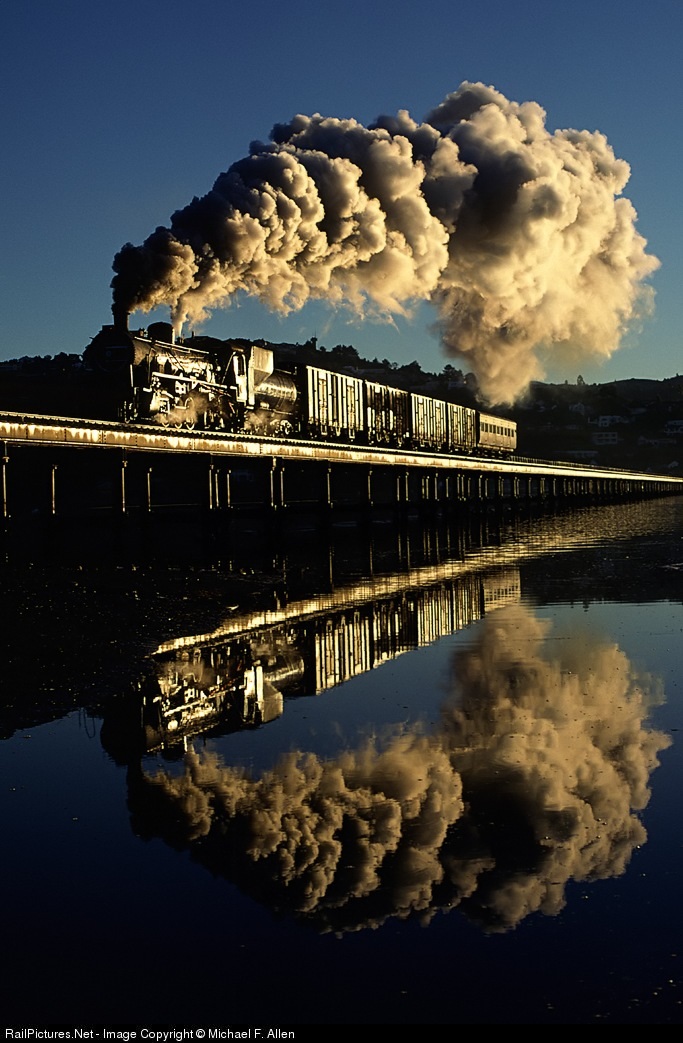
Perhaps there were more.
It appears that this was an affectionate name that was applied by a particular driver – and which moved from locomotive to locomotive as the driver was reassigned (said to be similar to practice in some areas in Mexico).
The engine I was thinking of is very famously known by the nickname. But be advised that I used the word ‘equine’ advisedly, not just to seem excessively learned… See if you can figure it out - but in the meantime both Mike and CSS Hegewisch have earned the right to questions.
Do we know for certain that the Precursors were black?
On the other hand, many tales of Alexander’s horse are legends, and…
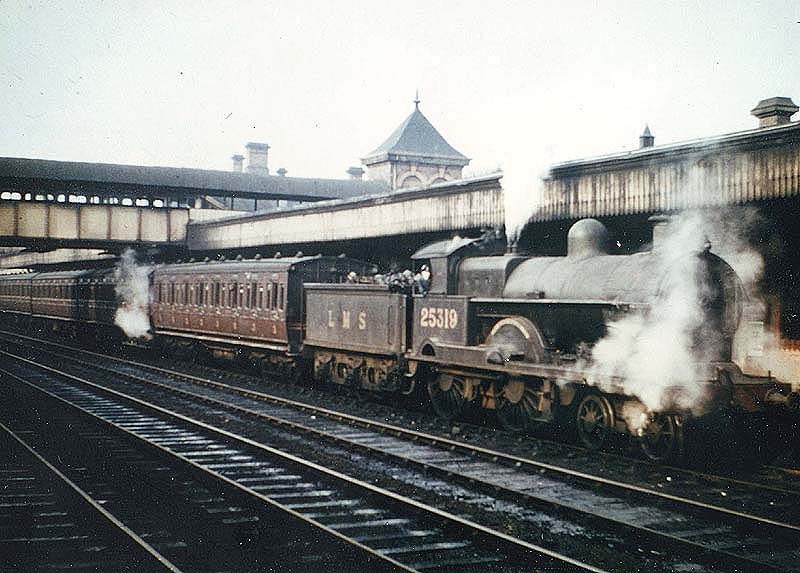
Hard to believe that this qualifies, but it does. When CTA first started service on the Skokie Swift, it ran into a problem with the pan trolleys fitted to the single unit cars. What was the problem and how was it corrected?
The pan trolleys tended to pull away from the wire at speed. CTA solved the problem by fitting an airfoil between the poles which pushed the shoe upward. The original pan trolleys were made from actual trolley poles fitted with shoes borrowed from the South Shore Line. All CTA Skokie swift equipment before the 3200 series were equipped with at least one pan trolley, though car 24 had a custom-design oversize pantograph for at least some time.
Apparently the airfoil design was made on opening day, with cars equipped “on the fly” at nearby Skokie shops.
Excerpt from Skokie Swift, the Commuter’s Friend (1968)
“Skokie Swift,” the high-speed, two-station commuter shuttle, began service as a locally-sponsored mass transportation demonstration project, federally aided by the Department of Housing and Urban Development. The project rehabilitated five miles of abandoned interurban railway extending to the Village of Skokie from main line rapid transit at the Chicago city limits and operated rail transit service over this route. Skokie Swift now continues as a part of the comprehensive mass transportation system of metropolitan Chicago…
Although it represented a bargain to the CTA, the right-of-way was not without fault from the standpoint of an ideal route for rail rapid transit operations. For one thing, half of the right-of-way was electrified with the third rail, while the other half had overhead trolley wires…
One of the first problems to solve was that of the trolley power collector. Since the project was to feature non-stop operation with one-man cars, a new way had to be found to change from the third rail with which the line was powered east of Crawford to the overhead trolley west of East Prairie. North Shore Line had used ordinary trolley poles, but raising or lowering them was a manual job that had to be done from the rear of a car.
George Krambles was the project manager for the Skokie Swift. Shore Line Interurban Historical Society’s “First and Fastest” magazine had some excellent material in the Spring 2014 issue. The overhead section was converted to third rail in 2004. The “Yellow Line” has been out of service for some months due to a sinkhole on the eastern end. CTA is trucking cars to and from the Skokie Shops.

